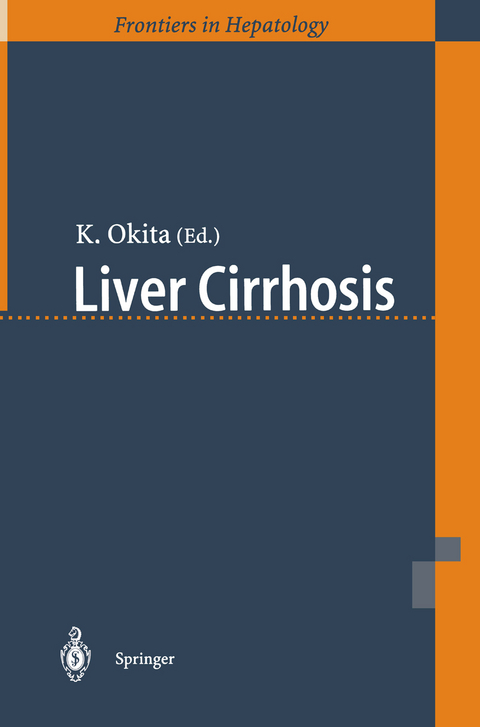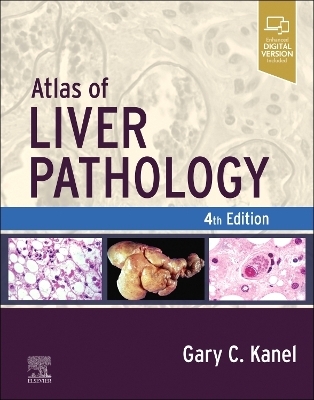
Liver Cirrhosis
Springer Verlag, Japan
978-4-431-70294-8 (ISBN)
Since 1998, the Japanese Society of Hepatology has campaigned to fight hepatocellu lar carcinoma (HCC). Because the mortality rate for this disease has reached more than 30 per 100,000 population, the organizing committee chose HCC as the main topic of the 1999 Yamaguchi Symposium on Liver Diseases. Regarding hepatocar cinogenesis, we know that HCC often develops secondary to liver cirrhosis; thus liver cirrhosis must be recognized as a prevalent pathological condition leading to HCC. If we can control liver fibrosis, we can reduce the risk for HCC among patients with chronic hepatitis. To achieve this goal, we must know more about hepatic fibrosis. Professor Michael J. P. Arthur is familiar as a leading scientist in this field. We were fortunate that he accepted our invitation to speak. His lecture titled "Mechanisms of the Progression and Regression of Liver Fibrosis" provided important advice for developing antifibrotic agents. We also invited Professor Mark A. Zern, who has been studying hepatic fibrosis for some time. In the symposium he talked about novel approaches, including gene therapy, to treat acute and chronic hepatic diseases in the 21st century. In addition to the informative talks by those guests from abroad, the lecture by Dr. J. Fujimoto was very impressive. He revealed that gene therapy using hepatocyte growth factor (HGF) could inhibit progression to liver cirrhosis in rats repeatedly injected with dimethylnitrosamine (DMN). Dr. Fujimoto has already pub lished his finding that administration of HGF reduced hepatocarcinogenesis in rats.
Mechanisms of Progression and Regression of Liver Fibrosis.- Analysis of Proteins and Genes Dominantly Expressed in Stellate Cells of Activated Phenotype: the Molecular Approach to Liver Fibrosis.- Novel Therapeutic Modalities for Hepatic Diseases.- Gene Therapy for Liver Cirrhosis: Novel Treatment in the New Millennium.- Present Status and Future of Gene Therapy for Hepatic Fibrosis.- Inhibitory Effects of the Herbal Medicine Sho-saiko-to on Liver Fibrosis.- Resolution of Fibrosis in Hepatitis C Patients with Sustained Response to Interferon: Long-Term Effects of Interferon Therapy on Histological Improvement.- Factors Related to the Development of Hepatocellular Carcinoma from Chronic Liver Diseases Type B and C.- Quasispecies of Hepatitis C Virus in Serum and in Three Different Parts of the Liver of Patients with Chronic Hepatitis.- Development of Hepatocellular Carcinoma in Liver Cirrhosis: Pathomorphologic Viewpoint.- HGF-Related Proteins in Hepatocellular Carcinoma (HCC).- Significance of ?1-6 Fucosylation in Hepatocellular Carcinoma.- Energy Metabolism in Liver Cirrhosis: Its Characteristics, Clinical Significance, and Possible Intervention.- Effects of Abnormal Hormone Dynamics on Protein-Energy Malnutrition in Cirrhotic Patients: Pathophysiological and Therapeutic Implications.
| Erscheint lt. Verlag | 1.12.2000 |
|---|---|
| Zusatzinfo | XII, 125 p. |
| Verlagsort | Tokyo |
| Sprache | englisch |
| Maße | 155 x 235 mm |
| Themenwelt | Medizinische Fachgebiete ► Innere Medizin ► Hepatologie |
| ISBN-10 | 4-431-70294-6 / 4431702946 |
| ISBN-13 | 978-4-431-70294-8 / 9784431702948 |
| Zustand | Neuware |
| Haben Sie eine Frage zum Produkt? |
aus dem Bereich


